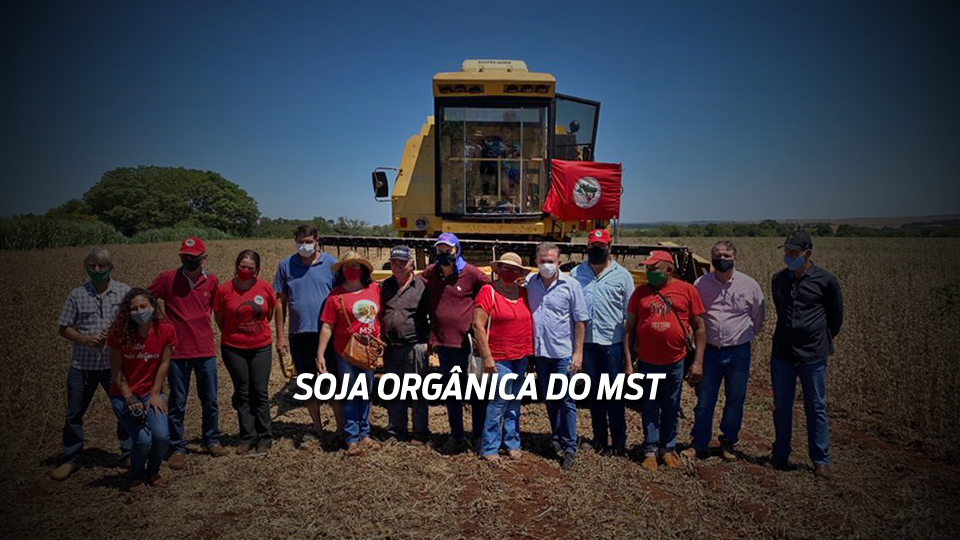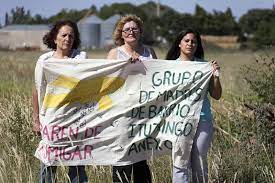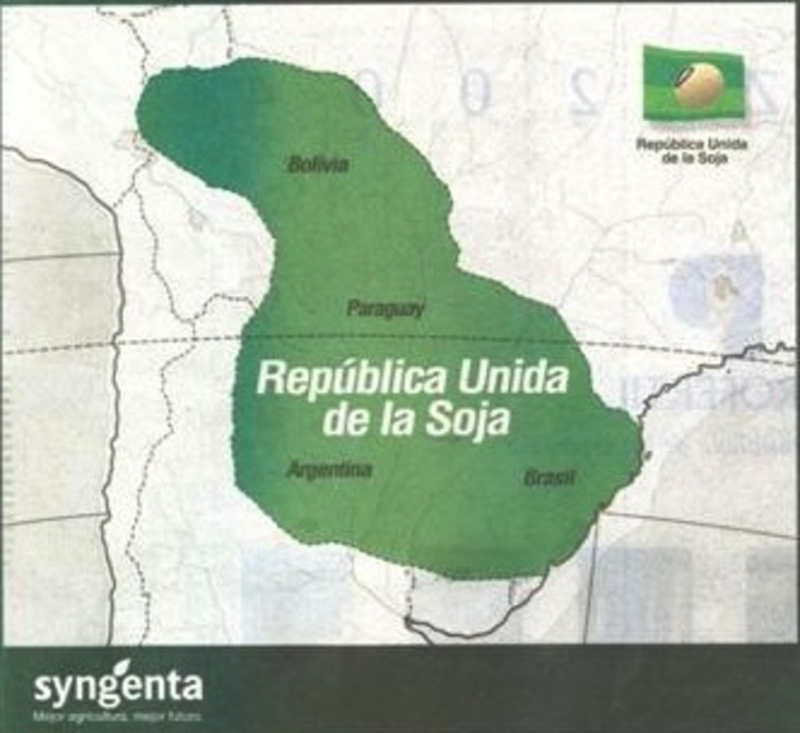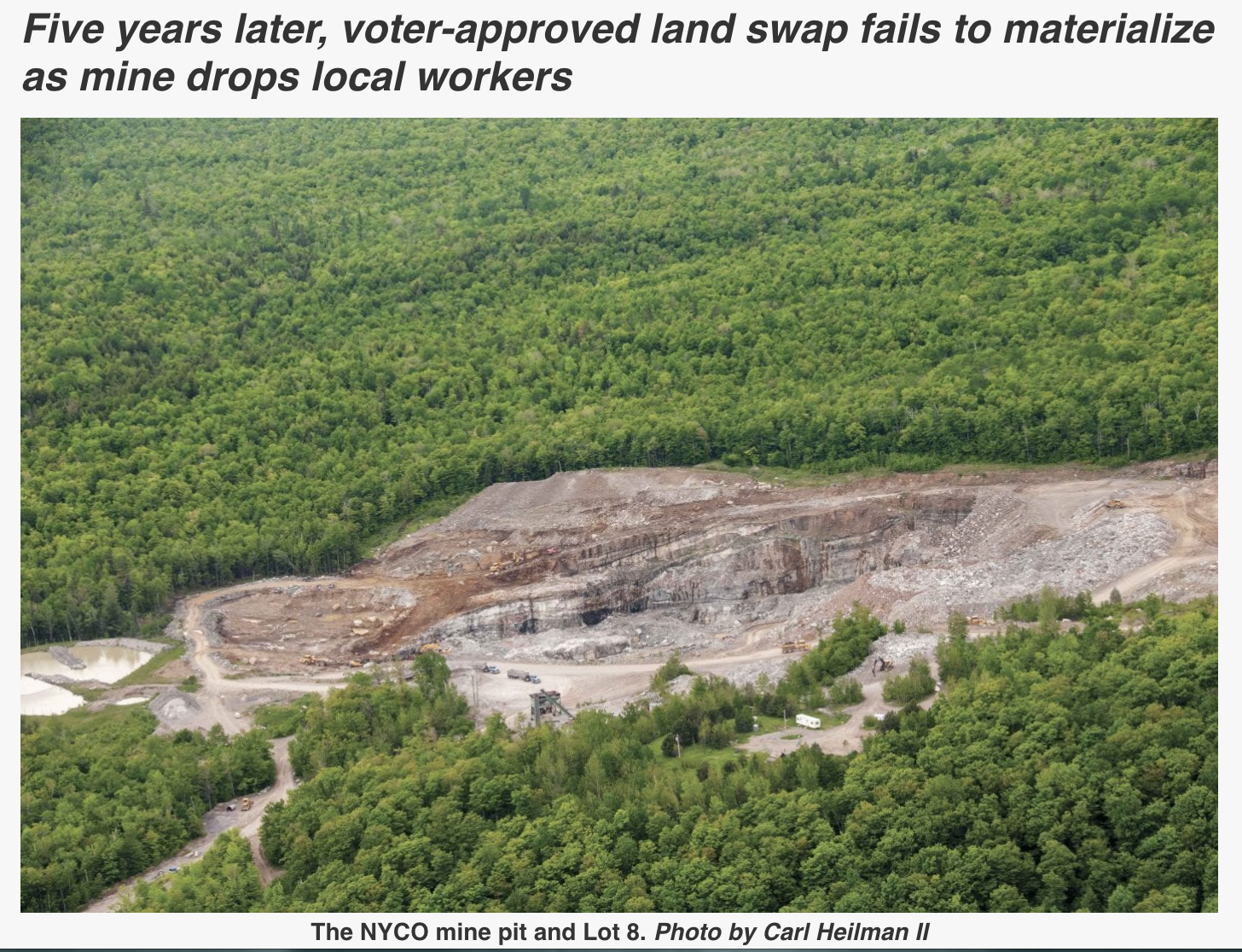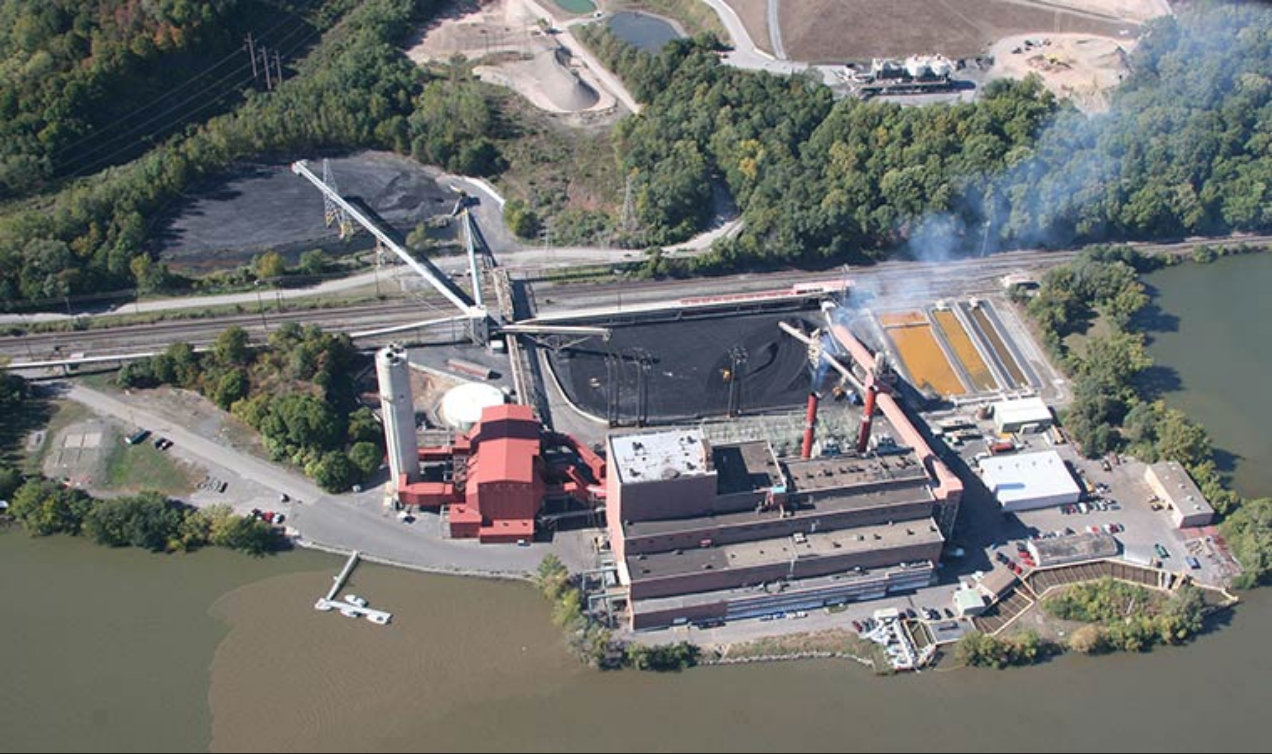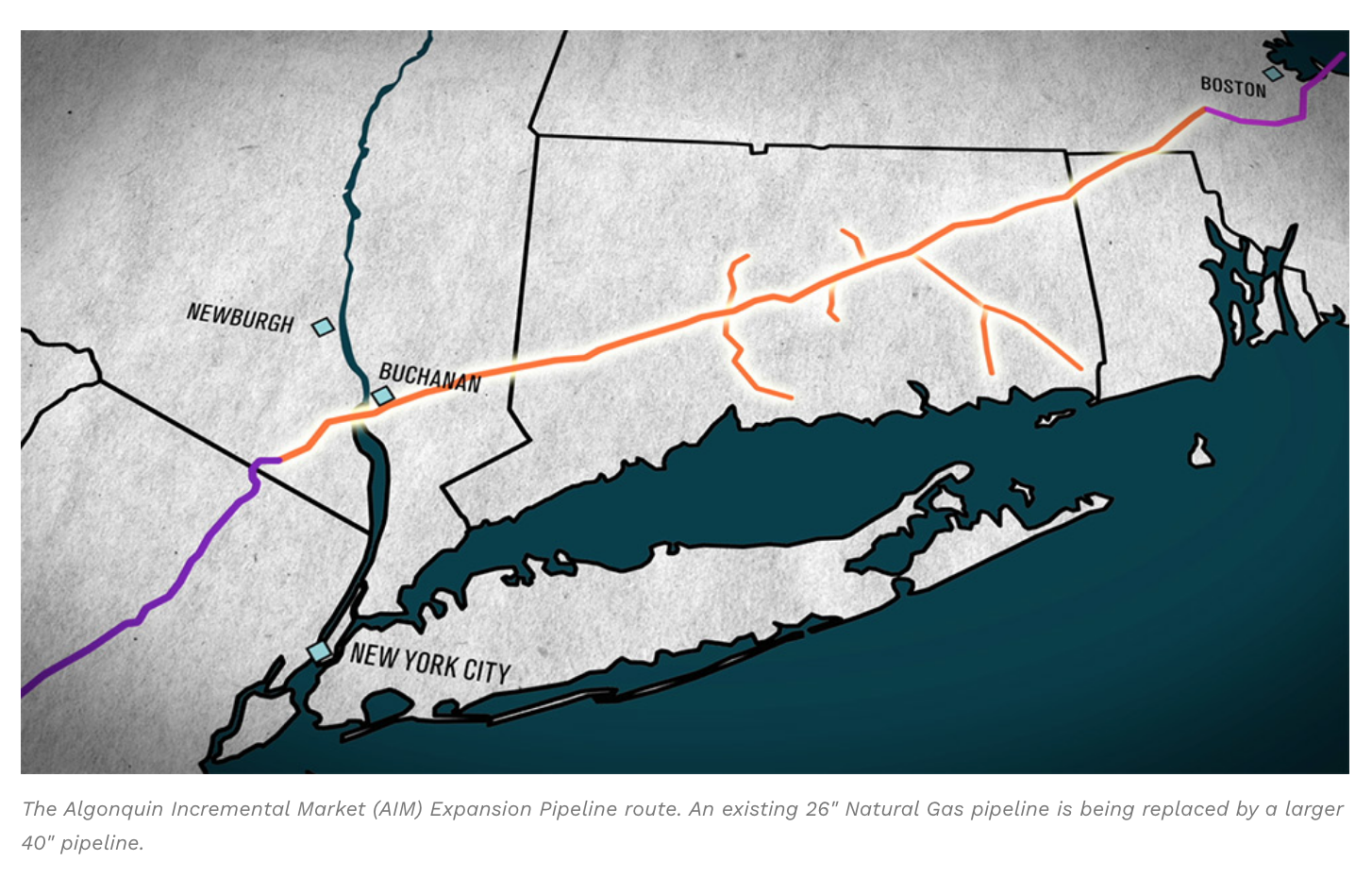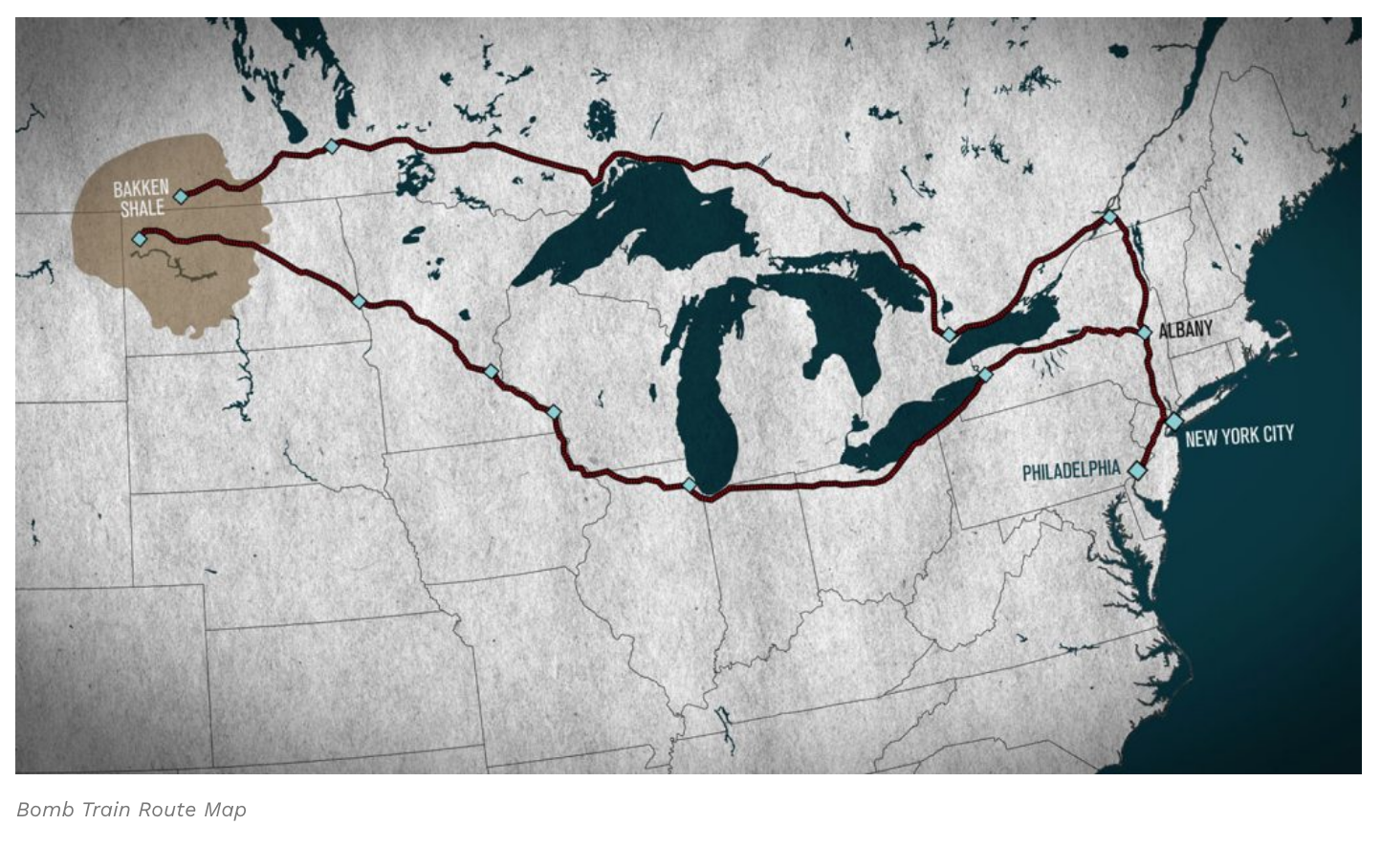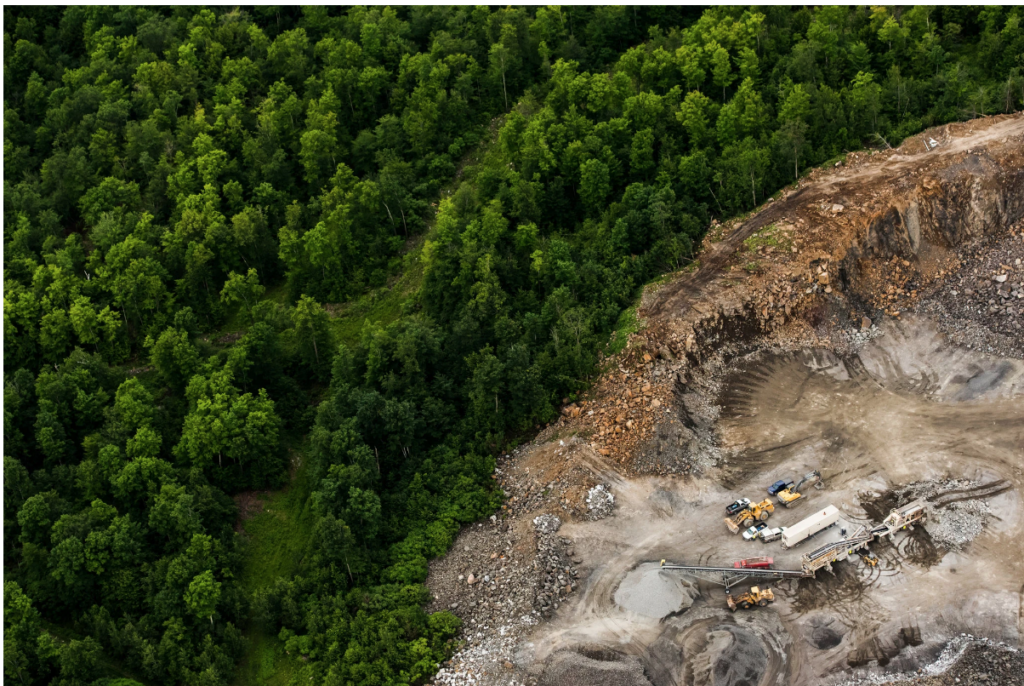
Some Commoning (art) Projects that Combat Digital Neo-Extractivism:
Everest Pipkin’s Image Scrubber (tool to remove faces from any online photo, shown above)
micha cárdenas‘s “autonets” (wearable mesh networks that radiate private communication servers so that people can join ad-hoc communities/avoid tracking)
Abram Stern‘s “Oversight Machines” (alternative visualizations of government surveillance footage)
Dorothy R. Stern, “Refresh”(collaborative & politically engaged platform for art & tech)
Disco Co-Op (projects in distributed cooperativism)
American Artist, 1956/2056 (critique of predictive policing that imagines a future where blackness isn’t criminalized)
Feral File (non-blockchain platform for sharing NFTs with minimal enviro impact)
